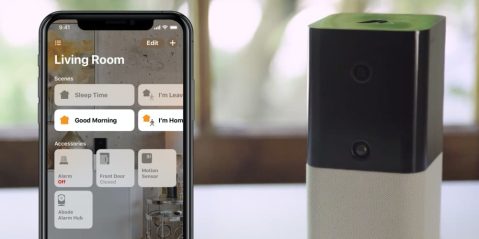
Since the Files app was released with iOS 11, it’s become a staple of how I use the iPhone and iPad. I don’t think it gets enough credit for helping bridge the gap between macOS, iOS, and iPadOS. Between the ability to access all my iCloud Drive documents on top of integration with Google Drive, it’s one of the most used apps on my iPhone and iPad.
Before the release of the Files app, I had my documents in separate buckets. I kept personal documents in iCloud Drive, shared folders in Dropbox, and work files in Google Drive since my school uses G Suite. After the Files app’s release with iOS 11, it became the app I used 99% of the time to search for and open files regardless of which cloud provider they were stored in. For people who live and breathe technology every day, I could generally tell you where my files are stored, but for people who see technology as a path to getting something done, trying to locate files is a chore. Thanks to Apple’s Document Provider API, the Files app becomes a centralized place to search for, manage, and open files. From a training perspective, that is a powerful functionality. All I have to tell someone is to go to the Files app, and all of your files will be there.
The Files app lets you add your third-party cloud services — like Box, Dropbox, OneDrive, Adobe Creative Cloud, Google Drive, and more — so that you can access all of your files on all of your devices. The data you keep in iCloud Drive automatically appear in the Files app, but you need to set up your other cloud services to access them in the Files app too.
The only thing someone needs to do is enable the new file provider by going to the Browse tab, tapping the icon in the top right, and tap on Edit. There will then be a toggle to enable any new document providers.
What else can the Files app do?

While it’s not something everyone will do, the Files app can also connect to SMB servers in your home or workplace. You can access it the same way you enable new document providers. By tapping the Edit button the Browse tab, you’ll be able to enter a server address and provide the username/password (if necessary).
On the iPad, the app can also access a USB flash drive, SD card, or a hard drive. While I never thought Apple would add USB drive support on iPad, I was proven wrong. For people who want to quickly load photos from a camera into the Files app for editing, this functionality unlocked an entire workflow. All you need to buy is a Lightning to USB adaptor for the non-Pro iPads. On the iPad Pro, you can plug up a hard drive directly by buying a USB-C model or using a USB-C to USB-A adaptor.
Wrap up
Was the Files app a game-changer addition to iOS and iPadOS for you like it was me? I hope that Apple continues to refine the functionality and give more options for document providers to expand its functionality. Since the release with iOS 11, I’ve had it on my home screen for my iPad and iPhone. Having all my documents and my desk in sync on all my devices is the functionality I dreamed about for years, and now I have it.
FTC: We use income earning auto affiliate links. More.






Comments